If you buy through our links, we may earn an affiliate commission. This supports our mission to get more people active and outside.Learn about Outside Online's affiliate link policy
The Running and Outdoors Gear Our Sweat Science Columnist Swears By
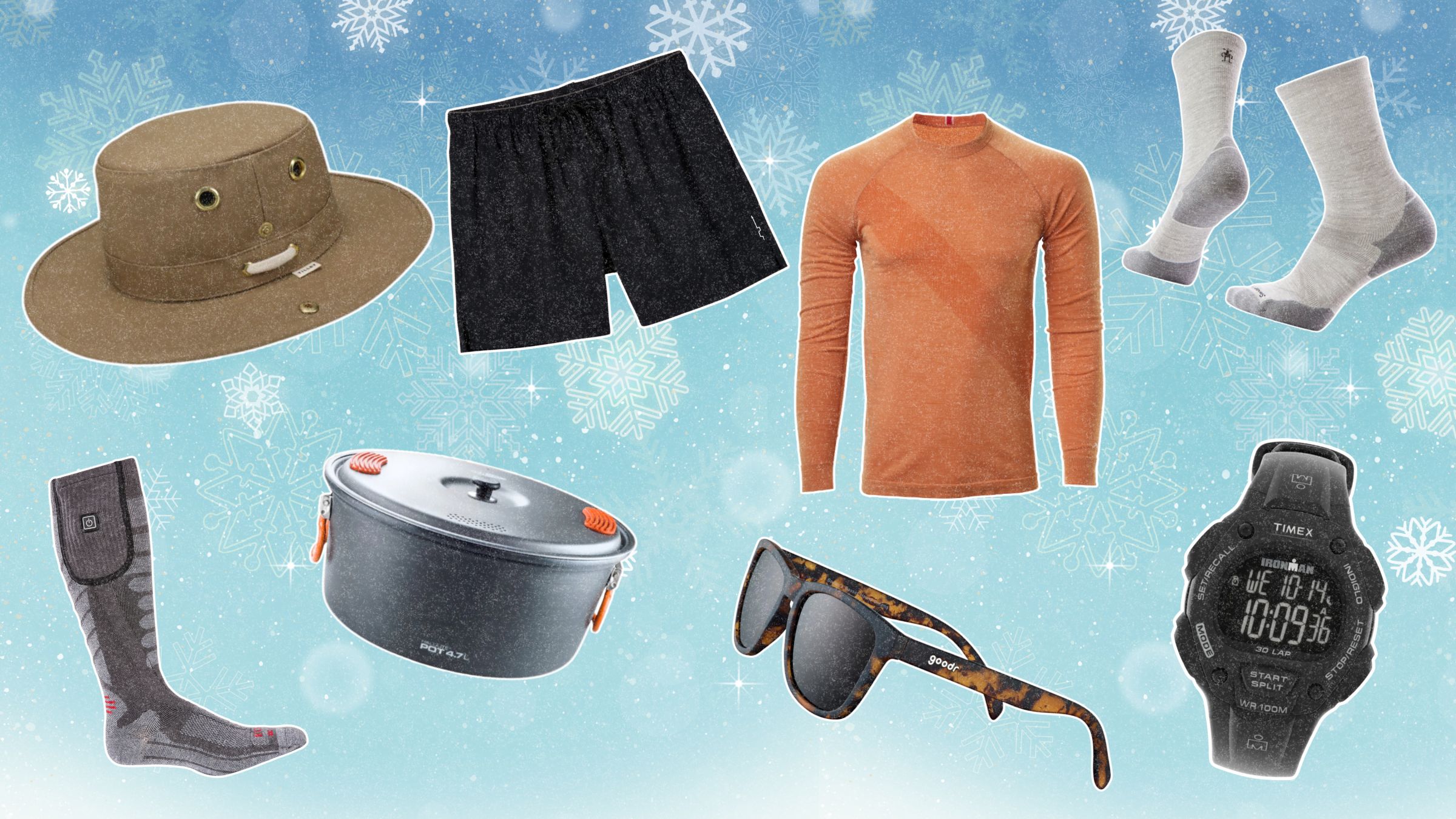
(Photo: Abigail Wise, Canva)
Patagonia founder Yves Chouinard’s philosophy on gear was ingrained in him by his father. “He taught me that when you buy a tool, you buy the absolute best tool you can get and keep it for the rest of your life,” Chouinard recounts in David Gelles’s recent biography, Dirtbag Billionaire. “That’s much better than buying a cheap tool and having it break, buying another one, having that break.”
That philosophy makes perfect sense in theory, and corresponds exactly with the advice my mother always gave me. But as a frugal guy, I’ve always found it challenging to execute in practice. The sticker shock on high-quality gear is real! And in many cases, you can get away with merely good gear. I do most of my running in free race T-shirts I accumulated a decade or two ago; the old shirts are comfortable, and the newest running shirts aren’t enough of an improvement to make me open my wallet.
Still, there are times when it makes sense to pay for quality. An eye-opening moment for me was when I got an Arc’teryx Beta SL rain jacket for Christmas almost 20 years ago, which (as Maggie Slepian lamented recently) goes for $500 these days. Paying that much for a rain jacket seemed crazy to me—until the first time I wore it during a rainstorm in the backcountry. That pattern has recurred over the years: I’m too cheap to buy the good stuff myself, only to discover that it’s totally worth it after receiving it as a gift. Here are some examples of great gear I’ve trusted over the years and will happily pay retail for.

Tracksmith Brighton Base Layer
I’ve been a merino wool convert for many years now, and have several base layers I love from companies like Icebreaker. But I received one of these Brighton base layers for a gift seven or eight years ago, and was instantly smitten. It’s a little lighter than most of my other base layers, which means I can comfortably wear it (under an old race T-shirt) in temperatures as high as mid-forties 40s Fahrenheit without getting sweaty and wet. But somehow it’s still super warm (under more substantial layers) even in the coldest temps the Canadian winter can throw at me. I soon found that I was wearing my one Brighton shirt for pretty much every single run between about November and April (did I mention that it claims to “resist odor”?), so I eventually ponied up and bought a second one on my own dime.
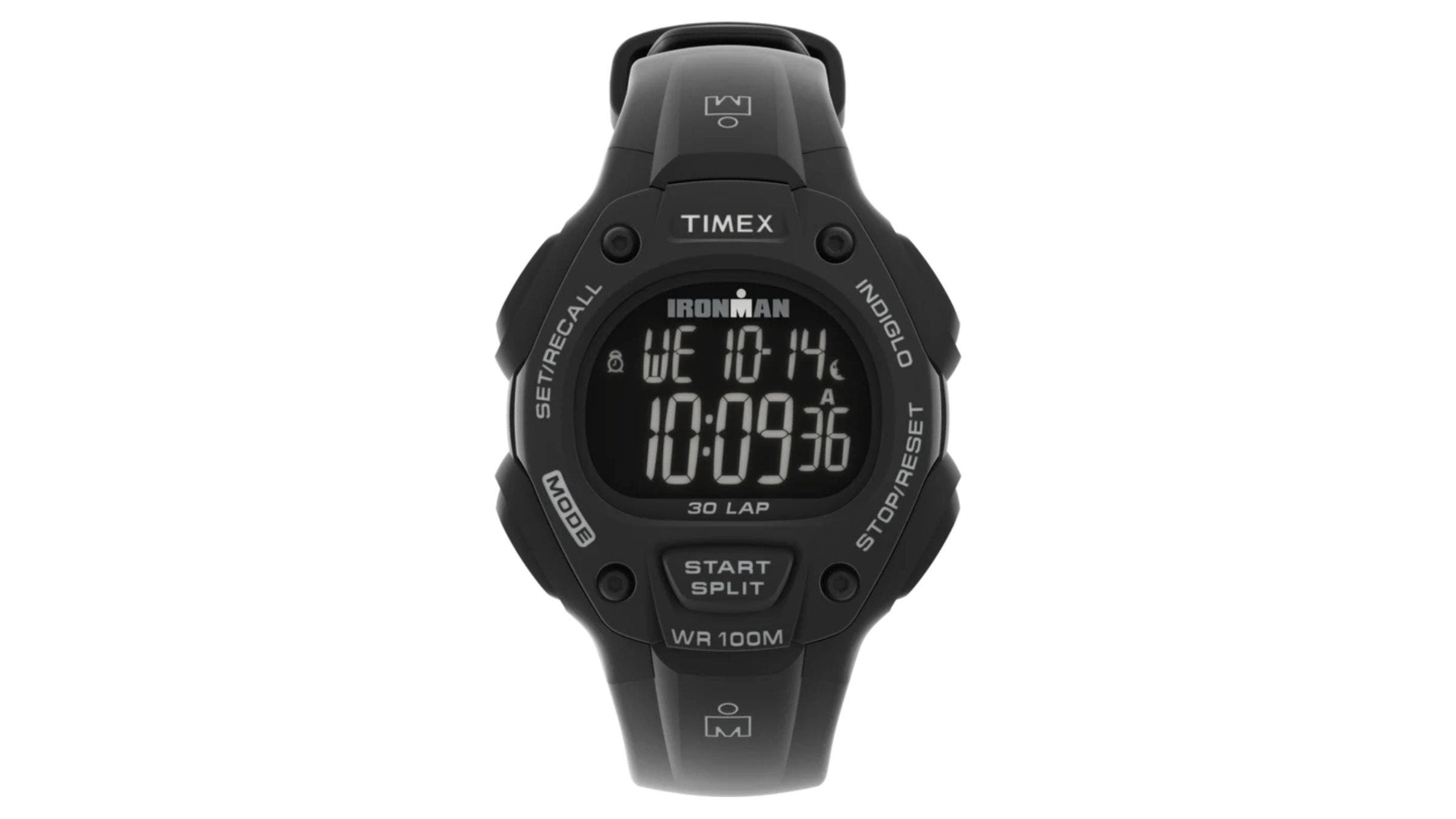
Timex Ironman Watch
Back in high school—I think it must have been 1992—I ran my first road race and came third in the junior division. The prize was an Ironman watch. I’ve been wearing essentially the same model ever since. Occasionally the backlight burns out, so I have to replace it. At this price, I don’t mind. It has the features I want: it tells time and records the duration of my run. And it doesn’t have the features I don’t want: it doesn’t tell me how slow I’m running, or buzz with text messages and weather alerts. In the age of GPS, this is definitely a niche taste, but I can’t recommend it highly enough.
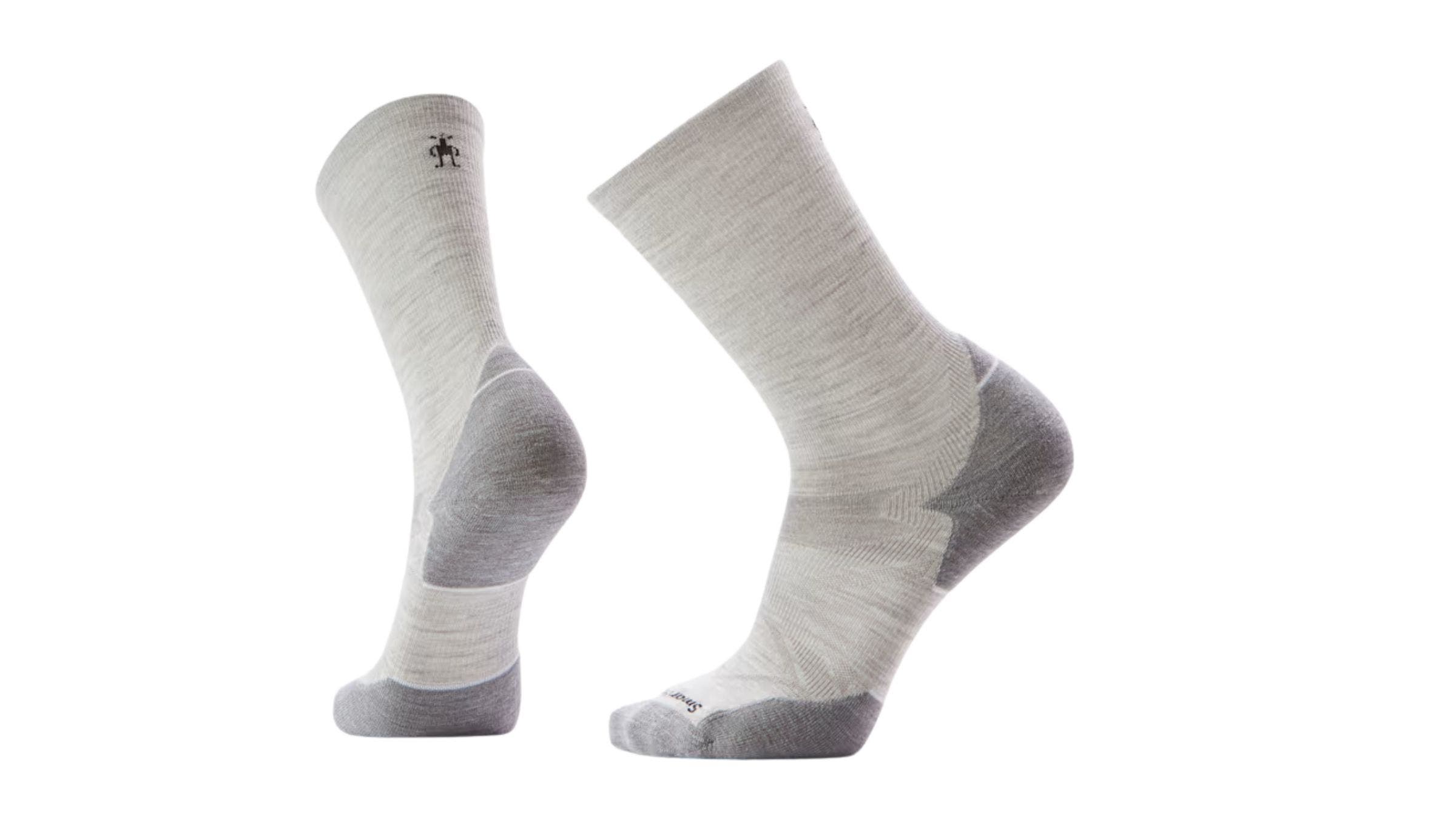
Smartwool Run Cold Weather Crew Socks
When, after more than two decades, the gym socks that my mom bought me in high school finally lost their last vestiges of elasticity, I had to search for new socks to run in. It was tougher than I expected. Some socks didn’t fit right or slid down over the course of a run; others were either too warm or too cold. The Goldilocks sock for me turned out to be these Smartwool models. They’re not super thick, so you might need something more heavy-duty if you get cold feet, but they’ve been great for me in temperatures well below zero. I also like that the black ones can work as casual socks when I’m traveling, enabling them to serve double duty.
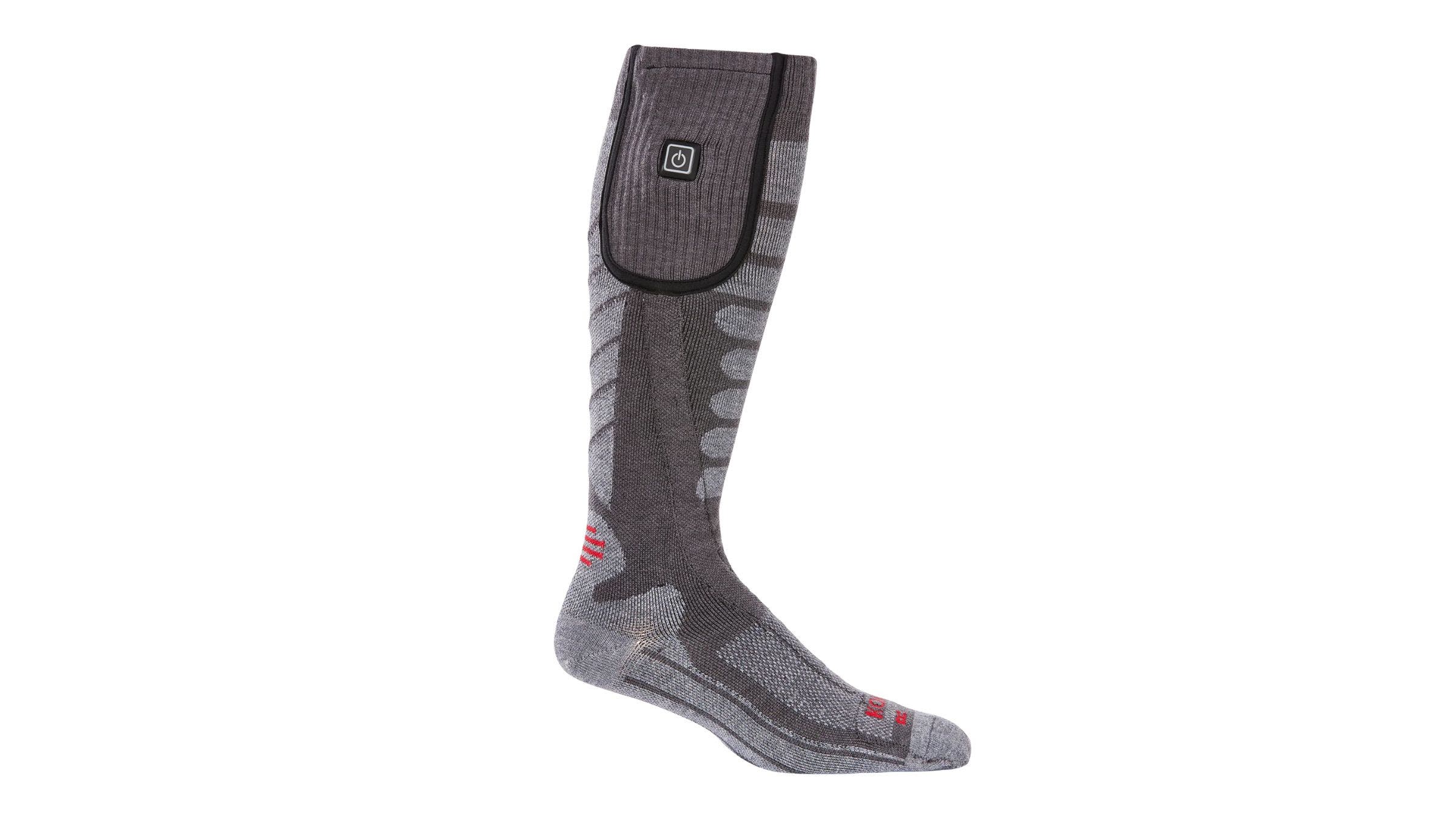
Kombi Warm It Up Heating Socks
The Smartwool socks are great for winter running. But when I’m skating around casually for hours while watching my kids play hockey on the adjacent outdoor rink, I need something a little more heavy-duty. I actually bought these rechargeable USB-powered socks for my wife as a Christmas gift. She was skeptical, so I regifted them to myself and have never looked back. (She’s welcome to borrow them anytime she wants, for the record.) I was worried that the battery, which sits in a pocket at the calf, would be too cumbersome, but it’s nothing compared to the inconvenience of frozen toes.

GSI Halulite Aluminum Pot
On my kids’ first canoe trip, deep in Quetico Provincial Park, I cooked up a big pot of pasta and then accidentally dumped the entire thing into the bushes while trying to drain it with the lid partly on. I’ve been scarred ever since, both because we were hungry that night and because it took hours to burn all the pine-needle-covered noodles. So I needed a pot whose lid snaps shut and includes an integrated strainer. There are lots available, but it’s tough to find one big enough to cook for six adults, which is what I need for some of my trips. I initially got a collapsible X-Pot from Sea to Summit, but its soft sides eventually broke (we don’t pack gently). The 4.7-liter GSI pot has been working perfectly ever since.

Goodr OG Sunglasses
If there’s one product category that epitomizes my sense that price is decoupled from function, it’s sunglasses. Holy mackerel, some of them are expensive. That said, I’ve tried running with enough pairs of gas-station sunglasses to realize how annoying it is when they start sliding down the bridge of my nose as soon as I start sweating. After one of these episodes, I stole a pair of Goodrs from my wife and loved them. They’re basic enough that I feel comfortable wearing them casually, functional enough to stay on when I’m running, and cheap enough that I take them on backcountry trips where there’s a high probability of losing or damaging them without sweating it.
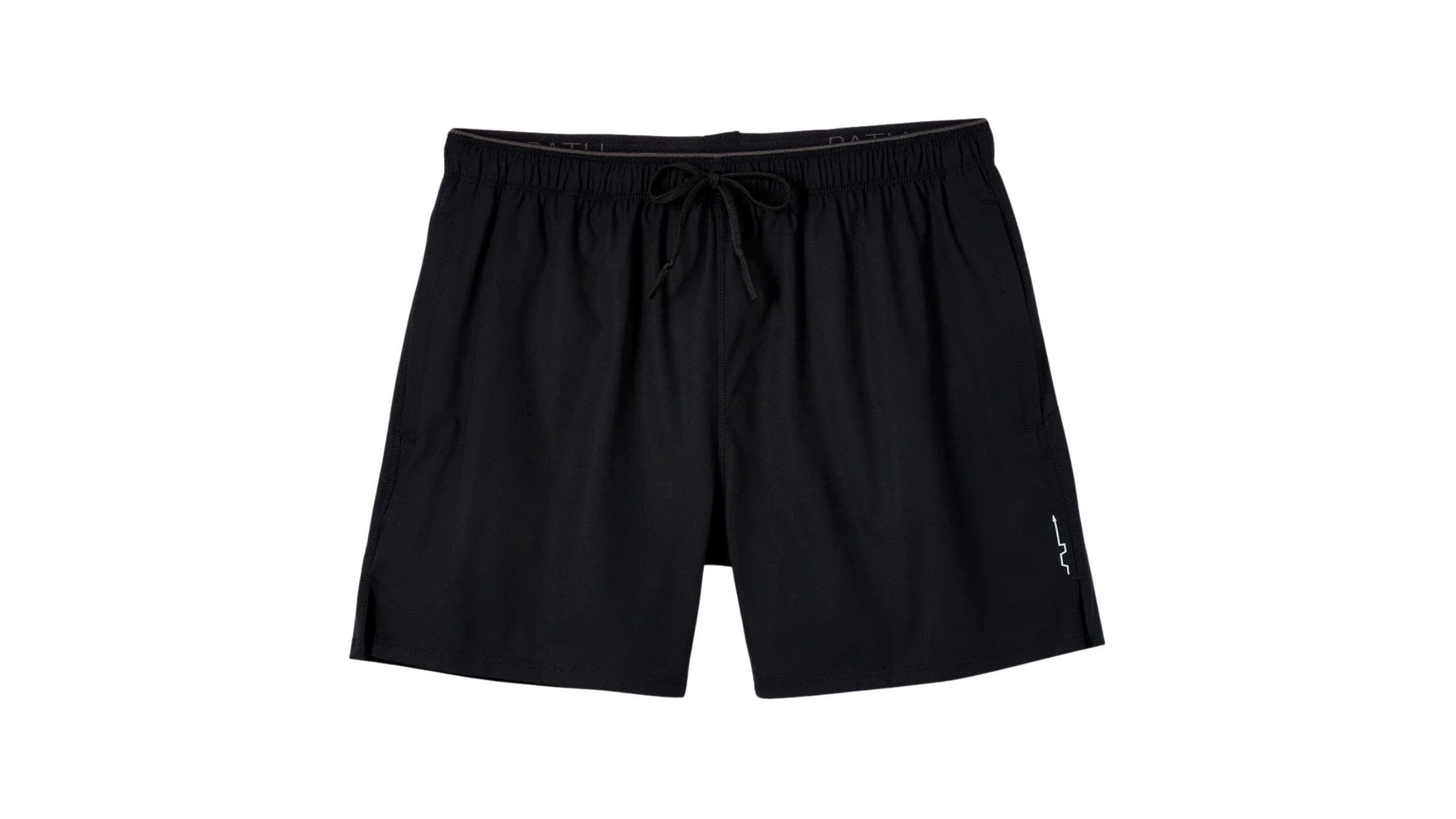
Path Projects Graves PX Running Shorts
I have a lot of running shorts, and I’m not super fussy about them. I like to have a zip pocket in case I need to bring keys or credit cards, but that’s about it. Now that I have kids, though, there are times when I have to bring a phone with me. The rear central pocket on these shorts is the best and most comfortable I’ve come across. The other unusual thing (at least compared to all my other running shorts) is that these don’t have a liner. Path Projects sells a very nice Tahoe liner in three inseam lengths. This lets me pack lighter and do laundry less frequently, and also enables me to adjust how warm a liner I wear underneath. As a result, these are my go-to shorts in spring, fall, and even winter (when I wear them underneath tights or running pants as an extra wind layer).

Tilley T3 Hat
When I first started borrowing my dad’s Tilley hat for my canoe trips as a teenager, it was a little controversial, because Tilley hats were then recognized (at least here in Canada) as part of the essential uniform of the old person. Now I’m old, so it’s OK—and I remain convinced that the Tilley is (as their slogan goes) The Finest Hat in All the World. They’ve got great sun protection, wind straps at the front and back, and a pocket under the crown. They float. They can be crumpled into a pack, then spring back with no problem. They’re virtually indestructible: one famous story from their advertising decades ago was of a hat that was snatched from someone’s head by an elephant, eaten, then retrieved from the elephant’s dung no worse for the wear. I’ve taken a Tilley hat on pretty much every backcountry trip I’ve ever been on, and will accept no substitute.
For more Sweat Science, join me on Threads and Facebook, sign up for the email newsletter, and check out my new book The Explorer’s Gene: Why We Seek Big Challenges, New Flavors, and the Blank Spots on the Map.